
Pot-et-fleur: a display using tulips and honesty
The Victorian art of pot-et-fleur, combining living house plants with cut flowers, is enjoying a revival. Here's how to achieve a stunning display without the use of floral foam. Words Jacky Mills, photographs Jason Ingram
I instantly fell for this 1950s housekeeper’s caddy. The removable top tray reveals a deep bucket that is perfect for showcasing all manner of flower combinations. Strong, bright colours work particularly well against the scuffed paintwork. I tried to use foliage with a similar glaucous green throughout the planting to unify the arrangement.
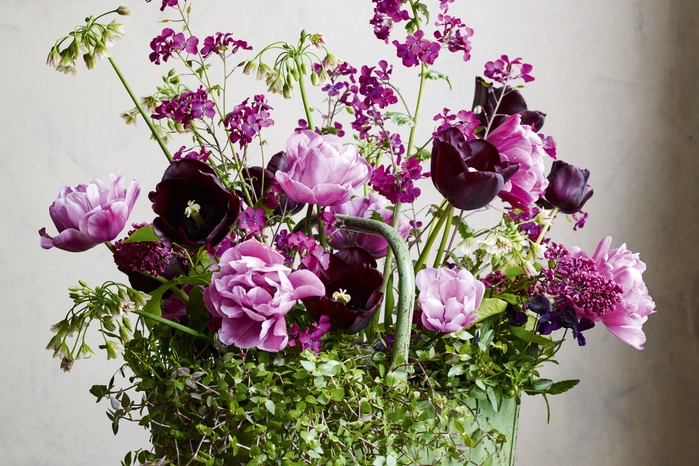
Pot-et-fleur with tulips and honesty: how to achieve the look
To create this fresh-looking spring display I removed the top tray from the bucket and placed a wide, elliptical glass vase diagonally across the base. At the bottom of the vase I secured two small metal pin holders with horticultural putty, and then filled the void around the vase with clay pellets before sinking the Callisia repens and two violas (in their pots) in opposite corners. Callisia repens is a vigorous trailing plant used here as a foundation for the colourful spring flowers, and I like the way the stem colour blends with the scratches on the box.
The dark-purple petals of the viola complement the velvety black intensity of Tulipa ‘Paul Scherer’ combined with the more flamboyant Tulipa ‘Blue Diamond’, an opulent late double tulip. Splashes of intense magenta come from a dark-flowered Lunari annua (honesty) and lilac sprigs from a friend’s garden. A drift of striped, dangling bells of Allium siculum are threaded throughout. The callisia prefers warmth and humidity but not direct sunlight, so water and mist regularly. Deadhead the violas frequently to encourage flowering. The tulips will benefit from a good soak prior to arranging, but don’t be too concerned about straight stems, the tulips’ natural tendency to curve just adds to the charm. Seasonal flowers work so much better in these arrangements, and I have tried to include flowers that can be grown in a garden or are easy to source. Buy locally wherever possible, as naturally grown flowers have so much more appeal, stamina and character.
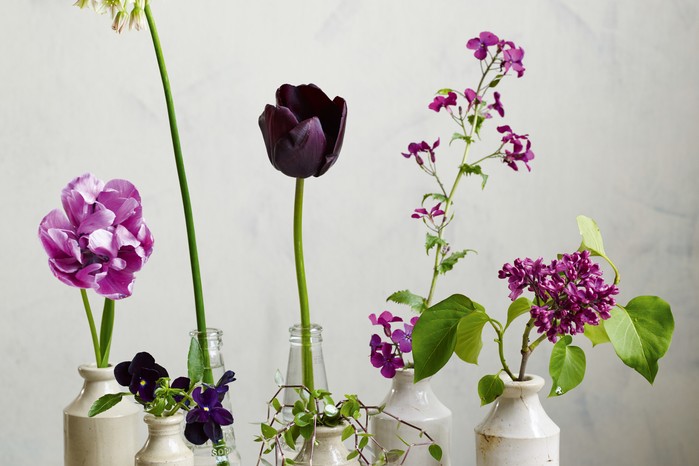
Plants used in this pot-et-fleur display
1 Tulipa ‘Blue Diamond’ A fragrant, double, late tulip. April to May. 40cm.
2 Viola ‘Roscastle Black’ Clumpforming viola, prefers cool shade. April to October. 25cm.
3 Allium siculum A deciduous, bulbous perennial topped with an umbel of bell-shaped flowers beloved by bees. May to July. 1.5m.
4 Tulipa ‘Paul Scherer’ An almost black tulip. April to May. 50cm. AGM.
5 Callisia repens A tender, evergreen vigorous trailing houseplant. 45cm.
6 Lunaria annua Biennial honesty. April to May. 90cm.
7 Syringa vulgaris ‘Andenken an Ludwig Späth’ Purple lilac. April to May. 4m. AGM. RHS H6, USDA 3a-7b.
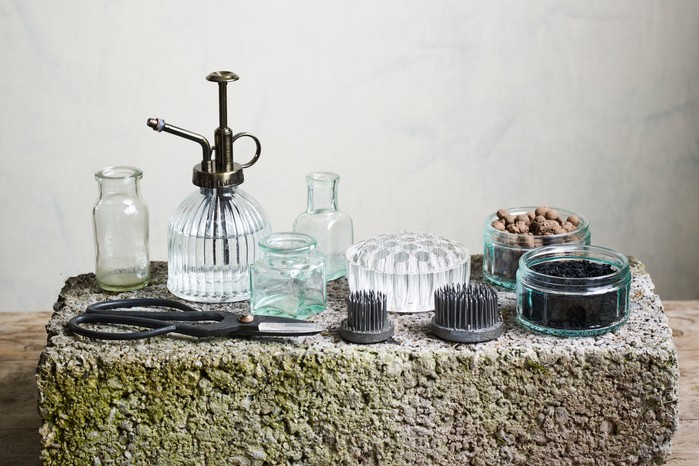
Equipment you'll need
- Traditionally, ornate punch bowls or soup tureens were used to hold elaborate, pot-et-fleur designs but any container could be adapted for a more contemporary approach including terracotta and ceramic bowls, willow baskets, glass aquariums or metal boxes, but if it’s not water tight, you’ll need to take care to protect the surface it sits on.
- Within the main container you can use any sealed vessel to hold the cut flowers but if it will be partially visible, opt for more attractive containers, such as old ink pots or vintage glass bottles that have a wide base and thin neck. Glass test tubes are a good option but take care when burying them in case they break, and always secure safely.
- A pin holder is an excellent way of accurately securing heavy stems. These discs of metal spikes are much relied on in the practice of ikebana, the Japanese art of flower arranging, lending a more naturalistic feel to an arrangement. I also use several heavy, semi-spherical glass frogs to hold flowers and branch stems. Be sure to attach both of these securely to the base of the vase with floral putty or tape before arranging. A length of wide-gauge chicken wire scrunched into a loose ball will do a similar job. Sharp scissors or secateurs are also essential bits of kit; thorn and leaf strippers are useful too.
- Before you start arranging your cut flowers, snip off the ends of picked stems and remove any foliage that will be below the water level and leave in deep water for up to 24 hours. Regularly topping up water levels or changing the water entirely every couple of days will help the arrangement last longer as air locks and bacteria will quickly cause a stem to wilt.
- Houseplants are easily killed through overwatering, so using hydroleca clay expanded pellets will not only add an attractive finish to the container, they will also absorb extra water, slowly releasing it as the compost dries out. They help maintain a humid microclimate around the plants when wet and even out fluctuations in the surrounding temperature. Activated charcoal is another useful addition to the growing medium as it reduces the build up of impurities minimising odours.
- Propriety brands of houseplant potting compost with an open, free-draining mix should be sufficient for most growing needs but you can improve drainage by adding perlite, vermiculite, horticultural sand or grit. A top dressing of decorative gravel, clay pellets or moss will also reduce water loss.
- A slim watering can with a long narrow spout for small spaces is ideal for these displays, but misting is an excellent way to maintain the humidity around plant leaves.
Loved this pot-et-fleur display? Have a go at creating this one with cow parsley, or this one using aspidistra.

Niwaki bundle worth £57 when you subscribe
Subscribe to Gardens Illustrated magazine and claim your Niwaki bundle worth £57
*UK only
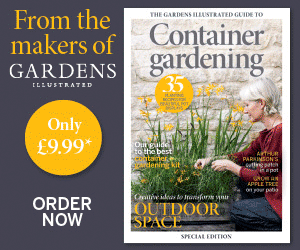
Container Gardening Special Edition
The Gardens Illustrated Guide to Container Gardening.
In this special edition, discover colourful flower combinations and seasonal planting schemes for pots designed by leading plantspeople, and essential know-how for container gardening success. Just £9.99 inc UK p&pBy entering your details, you are agreeing to our terms and conditions and privacy policy. You can unsubscribe at any time.
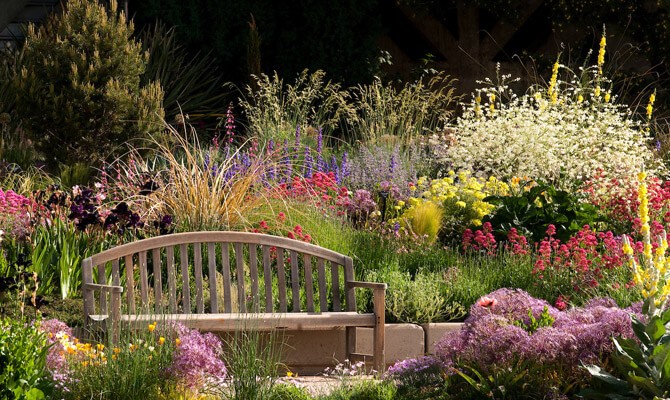
Gardens of the Globe
From botanical wonders in Australia to tranquil havens closer to home in Ireland, let this guide help you to discover some of the most glorious gardens around the world
By entering your details, you are agreeing to our terms and conditions and privacy policy. You can unsubscribe at any time.




